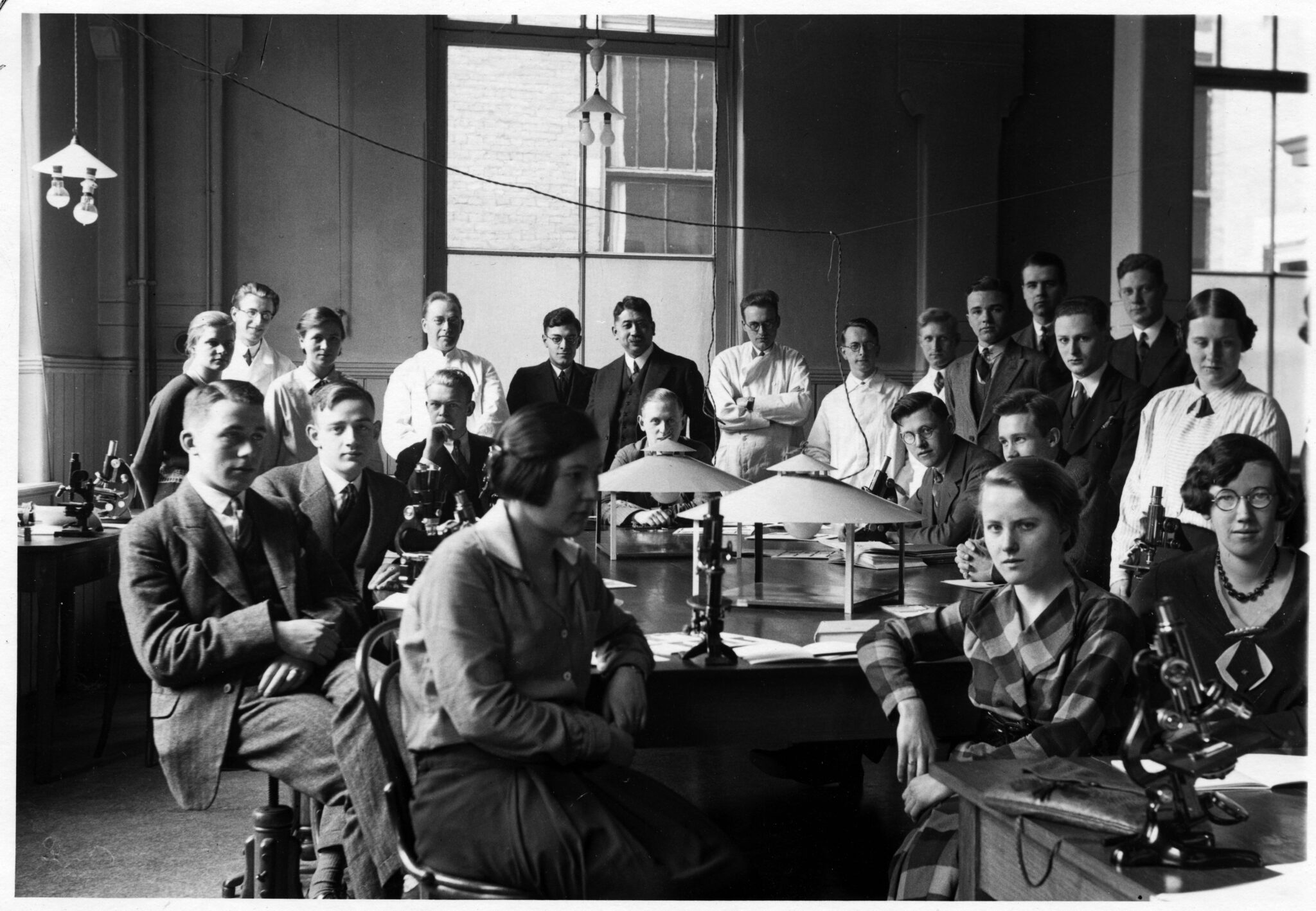
People
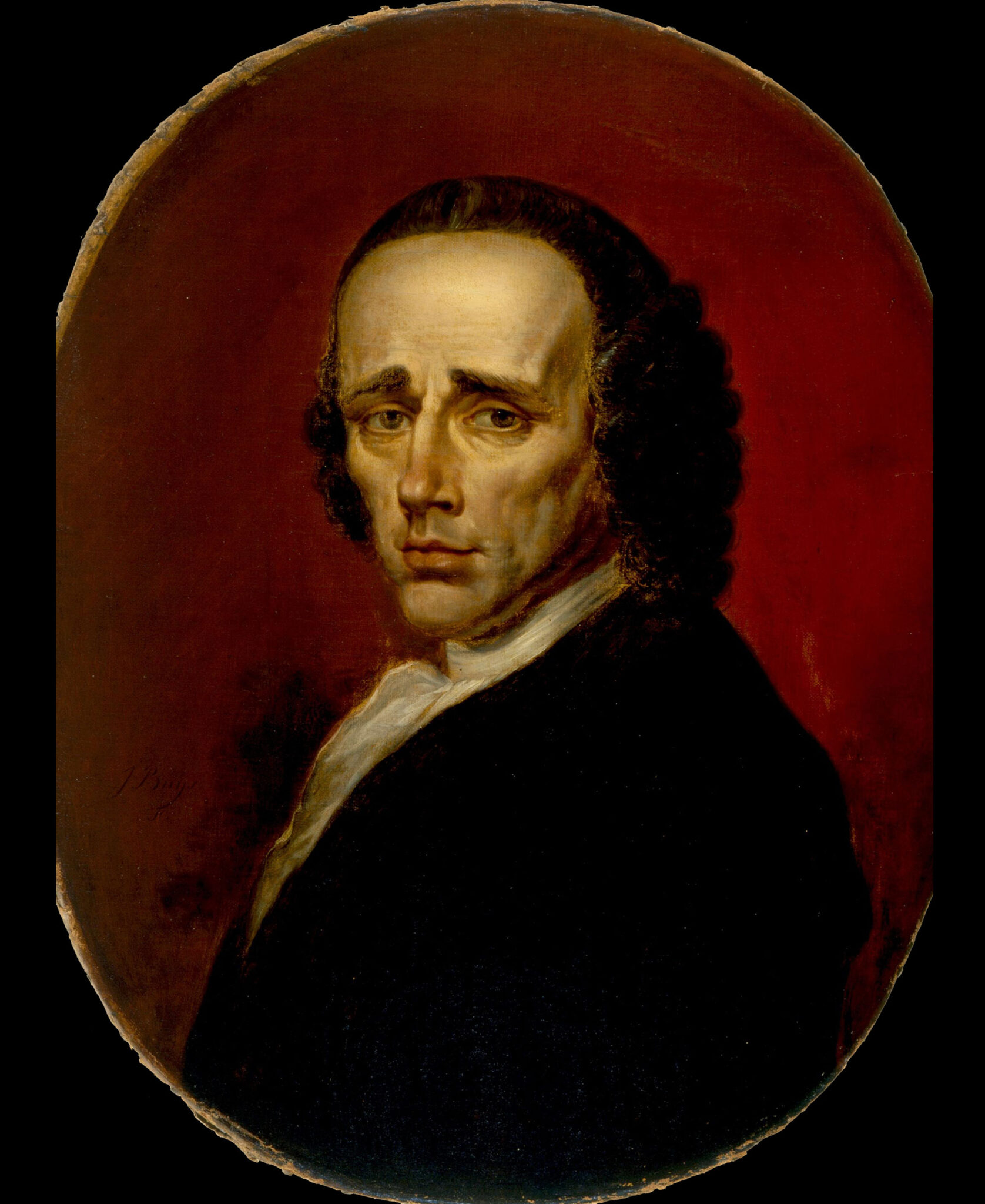
Jacob Hovius (1710-1786)
Jacob Hovius was a physician from Amsterdam who collected bones that showed all sorts of defects. In 1772, he donated his collection to the guild of barber-surgeons, so the guild could use it for educational purposes. His only condition was that a dedicated cabinet be built for the bones. The so-called ‘Hovius cabinet’ was placed in the ‘Waag’ (weighing house) on Nieuwmarkt square in Amsterdam, where the guild was located. The cabinet and its contents have been part of Museum Vrolik since 1868.
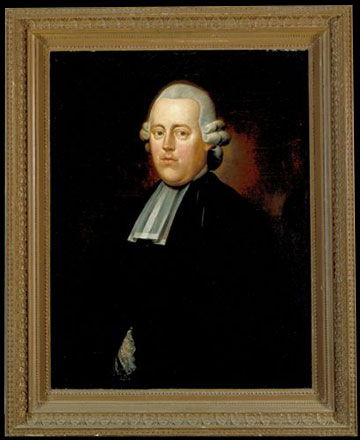
Andreas Bonn (1738-1818)
After Hovius donated his collection, it was expanded by Andreas Bonn, a professor of anatomy and surgery. Along with dried bones, Bonn also added anatomical preparations in liquid. He had a portrait of Hovius placed on top of the cabinet. Currently, the Hovius-Bonn collection is the oldest collection of anatomical preparations still in Amsterdam.
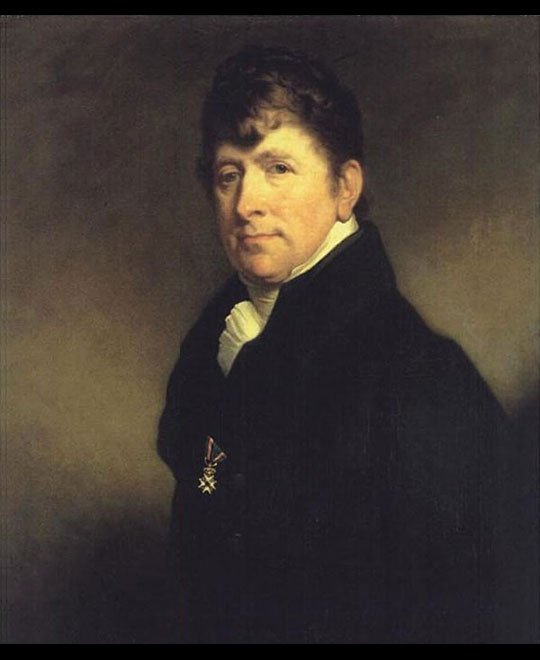
Gerard Vrolik (1775-1859)
Gerard Vrolik was a professor of botany, anatomy, physiology and obstetrics. His research concerned both the anatomy and the normal and abnormal development of plants, animals, and humans. In addition, he wrote articles on obstetrics, pathology, surgery and human ‘races’. For each of these fields he compiled collections, and started his own private museum in his town house located on the Amstel river, which he named Museum Vrolikianum.
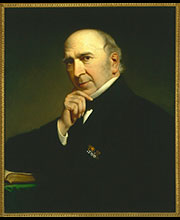
Willem Vrolik (1801-1863)
Gerard Vrolik’s eldest son Willem was appointed professor of anatomy, physiology and natural history in Amsterdam in 1831. Willem was keenly interested in animal anatomy and congenital defects. He expanded the collection that his father had started with anatomical preparations mostly relating to these fields. Later, he focussed on anthropology and he added skulls and plaster busts of human ‘races’ to the collection.
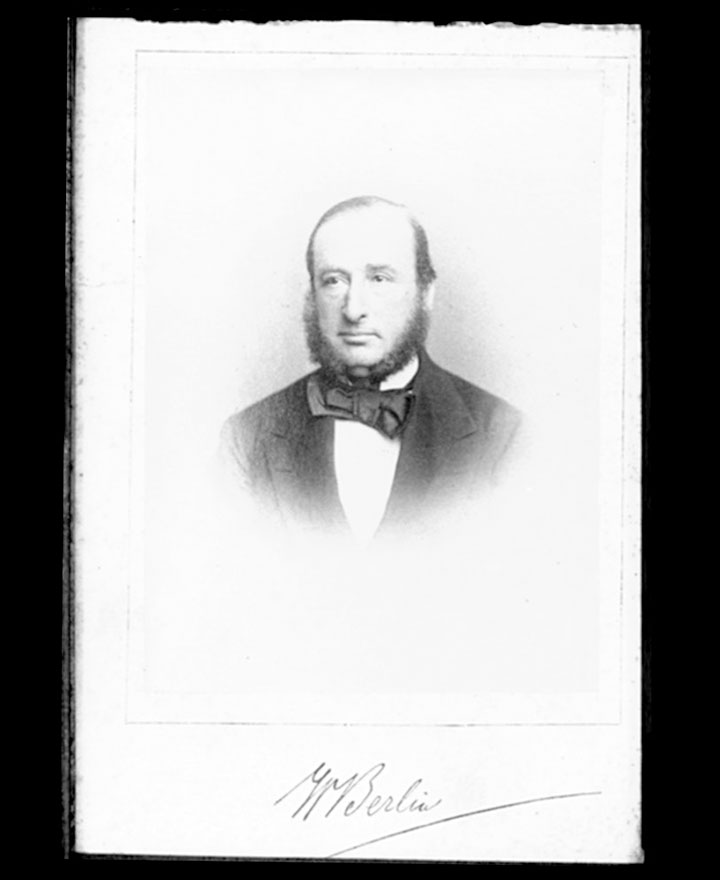
Willem Berlin (1825-1902)
Willem Berlin succeeded Willem Vrolik as professor of anatomy. Moreover, Berlin was the first professor of zoology in Amsterdam, a field he was much more interested in than anatomy. He mostly bought animal specimens (taxidermy specimens, skeletons). In 1877, Berlin decided to concentrate solely on zoology, and a successor was found for his position as professor of anatomy.
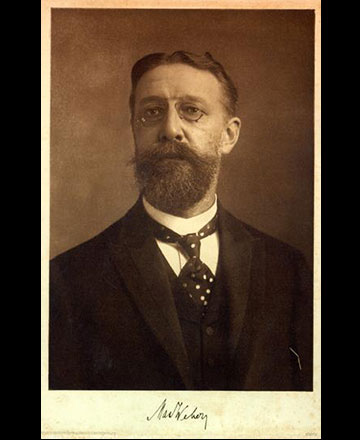
Max Weber (1852-1937)
The German anatomist and zoologist Max Weber was appointed first assistant of anatomy in Amsterdam in 1879, roughly about the same time as professor Fürbringer. He succeeded Willem Berlin as professor of zoology in Amsterdam. The animal specimens, skeletons and skulls that Weber collected on behalf of the zoology lab are now part of Museum Vrolik’s collection.
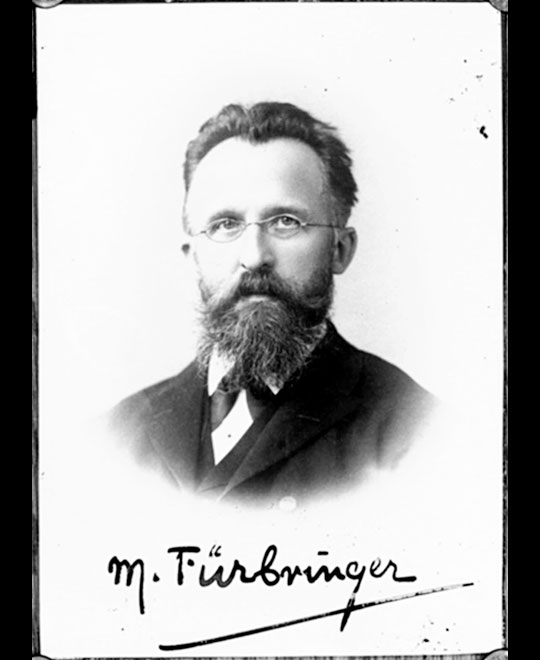
Max Fürbringer (1846-1920)
The German Max Fürbringer was an evolutionary morphologist and was appointed professor of anatomy in Amsterdam in 1879. Evolutionary morphologists attempted to solve the puzzle of the evolutionary tree by comparing human and animal anatomy and embryology. This research school originated in the German city of Jena with Ernst Haeckel and Carl Gegenbaur. Fürbringer was their most prominent student.
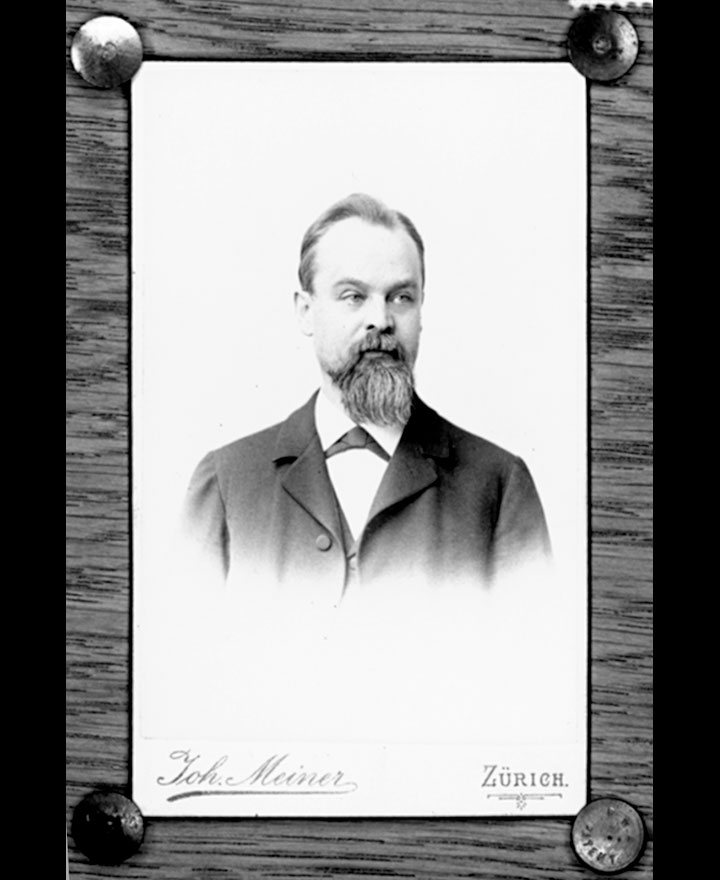
Georg Ruge (1852-1919)
Georg Ruge succeeded Fürbringer as professor of anatomy in Amsterdam in 1888. Just like Fürbringer, he was an evolutionary morphologist from Jena (Germany). Ruge was mainly interested in the anatomy of monkeys, but also studied human variation: minor differences in the internal anatomy of individual humans. Ruge correlated these variations to human evolution.
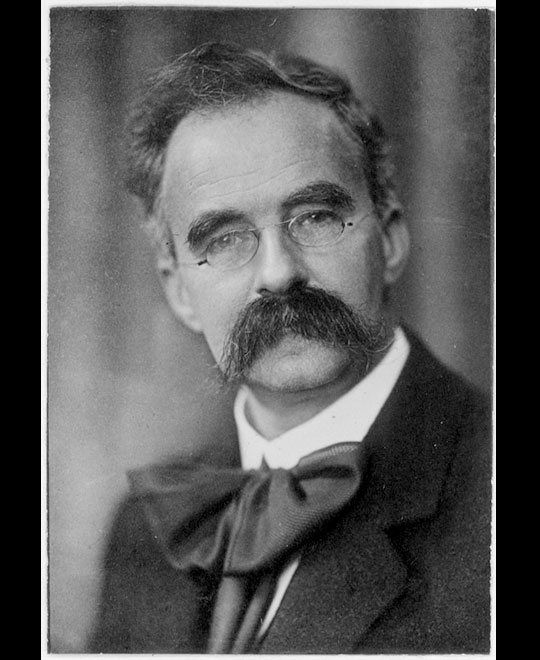
Lodewijk ('Louis') Bolk (1852-1919)
Lodewijk Bolk was appointed professor of anatomy in Amsterdam in 1898. He was interested in evolution and physical anthropology. He acquired fame as a result of his fetalization theory of human evolution. Bolk noticed that humans look more like juvenile apes than the adult animals. He concluded that humans evolved from an ancestor that supposedly looked like a large, sexually mature ape foetus.
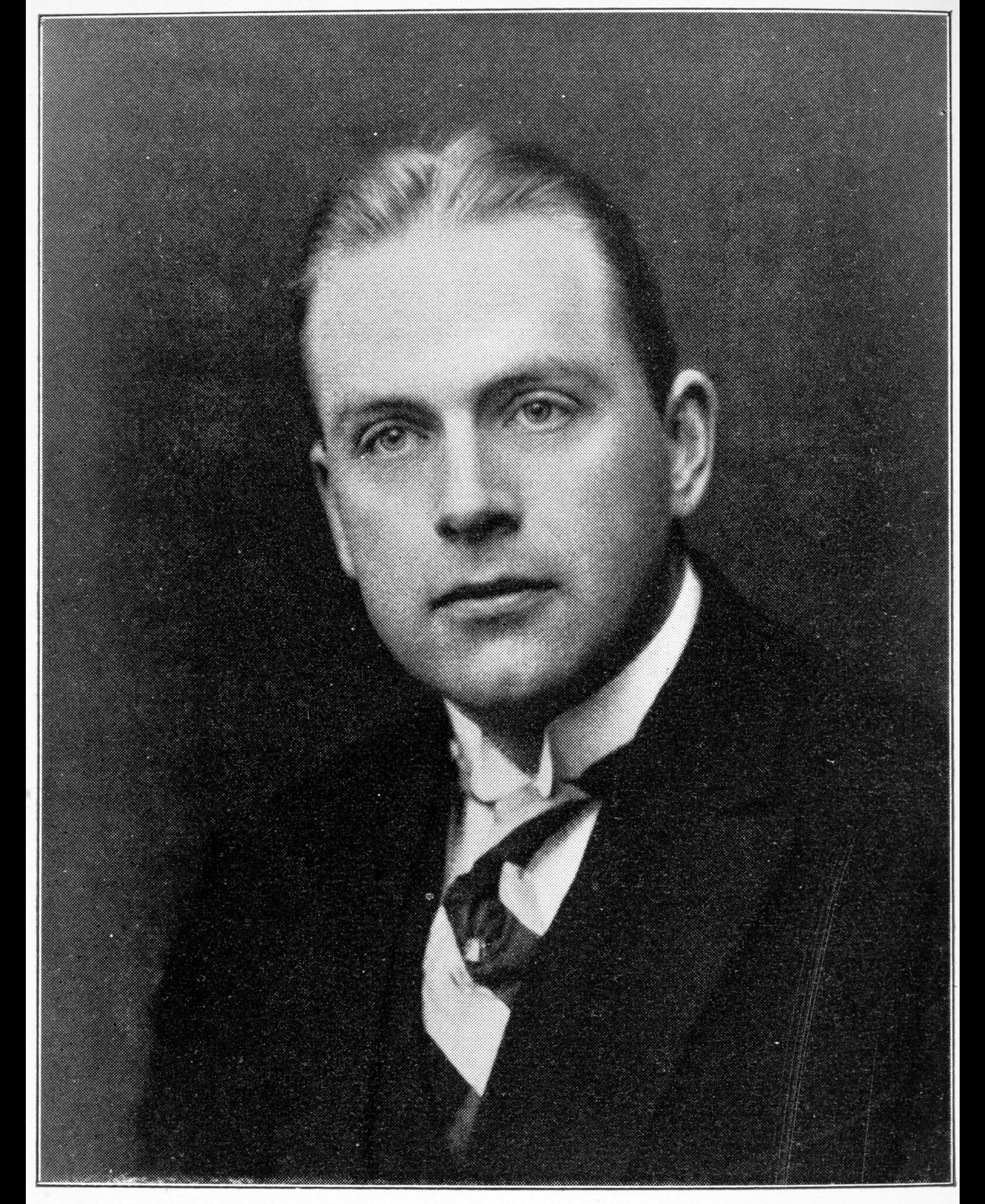
Martin Woerdeman (1892-1990)
Martin Woerdeman succeeded Lodewijk Bolk as professor of anatomy after Bolk’s death in 1930. He was the last person to add new anatomical preparations to the collection of Museum Vrolik. Unlike Bolk, he studied the development of living (animal) embryos. Woerdeman was also interested in kinesiology. In 1954 Woerdeman added the last specimen.
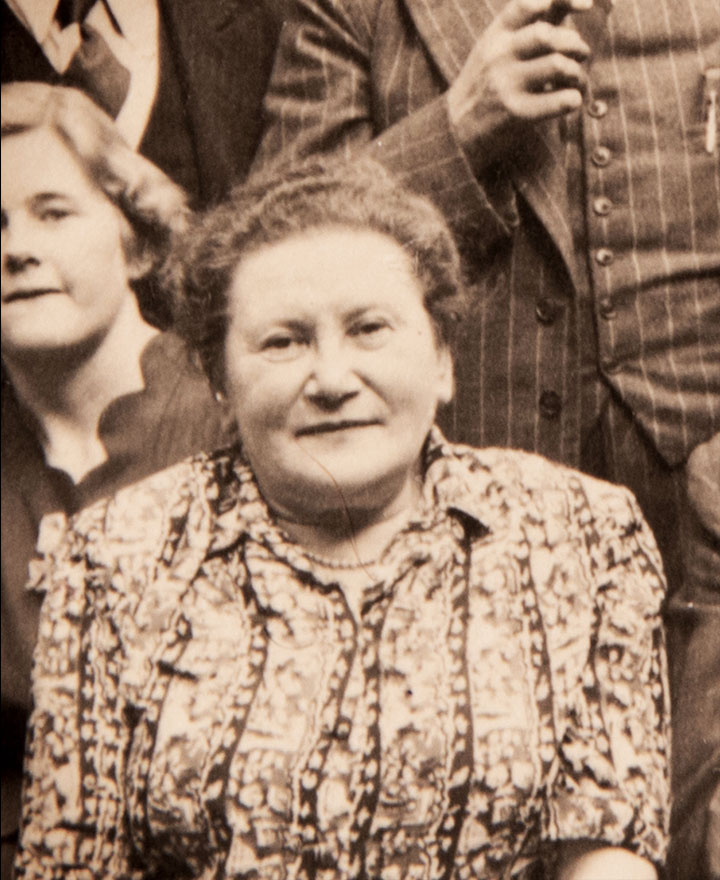
Henriette Louise Blumenthal-Rothschild (1886-1963)
Henriette Blumenthal was one of the most famous medical illustrators of her time. After she lost her job in Berlin in 1933 due to her Jewish background, she moved to Amsterdam. Her most important work was illustrating Woerdeman’s anatomical atlas, using Museum Vrolik’s anatomical preparations as reference. In 1944 she was deported to Theresienstadt. She returned to Amsterdam after the liberation.
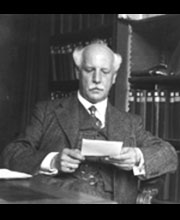
Cornelius Ubbo Ariëns Kappers (1877-1946)
U. Ariëns Kappers was the first director of the Netherlands Central Institute for Brain Research. His research focussed on various animal brains, but he also studied the brains of several groups of people. During the German occupation of the Netherlands, he worked together with Arie de Froe to prevent Dutch Jews from being deported. His animal brain specimens and microscopic sections were donated to Museum Vrolik.
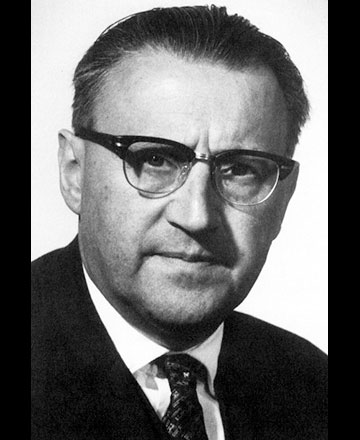
Arie de Froe (1907-1992)
Arie de Froe obtained his doctorate in 1938 with anatomical research on skulls that are part of Museum Vrolik’s collection. This piqued his interest in physical anthropology. In 1940, he excavated skeletons on the former Dutch island Schokland. During the German occupation of the Netherlands, he used his expertise to prevent Dutch Jews from being deported. He was appointed professor of anthropobiology in Amsterdam in 1954.
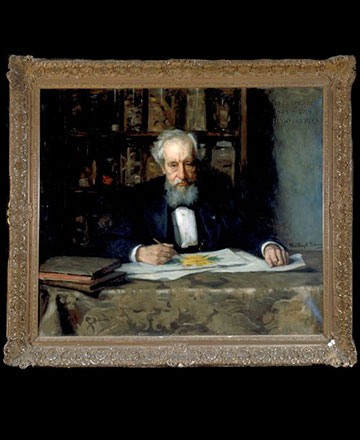
Hugo de Vries (1848-1935)
Hugo de Vries was appointed professor of plant physiology in Amsterdam. His research in the Hortus Botanicus (Amsterdam’s botanical gardens) focussed on genetics. He rediscovered Mendel’s publications and demonstrated the well-known Mendelian inheritance with experiments of his own devising. De Vries acquired world fame thanks to his genetics research on evening primroses and the introduction of the now widely-known term ‘mutation’.
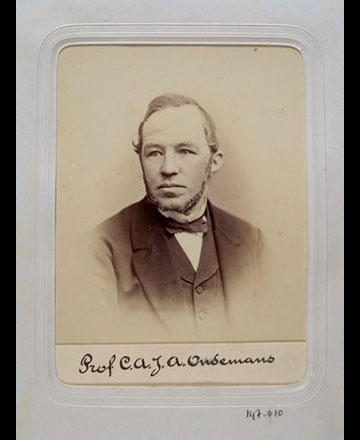
Corneille A.J.A. Oudemans (1825-1907)
Corneille Oudemans was appointed professor of medicine and botany in Amsterdam. This combination reveals how relevant knowledge of medicinal plants still was for the study of medicine in the nineteenth century . During Oudemans’ professorate, many botanical wet specimens were acquired from the Hortus Botanicus for research and education. Oudemans himself was mostly interested in mushrooms.
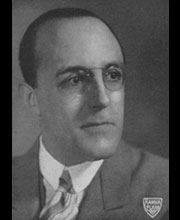
Théodore Emile de Jonge Cohen (1893-1973)
Theodore Emile de Jonge Cohen was a dentist and became a private teacher of dentistry at the University of Amsterdam in 1919. De Jonge Cohen published extensively on dental anomalies that he came across in his practice or that were present in the osteological collections of Museum Vrolik. He made plaster casts of the special cases he encountered in his practice and donated them to the museum.
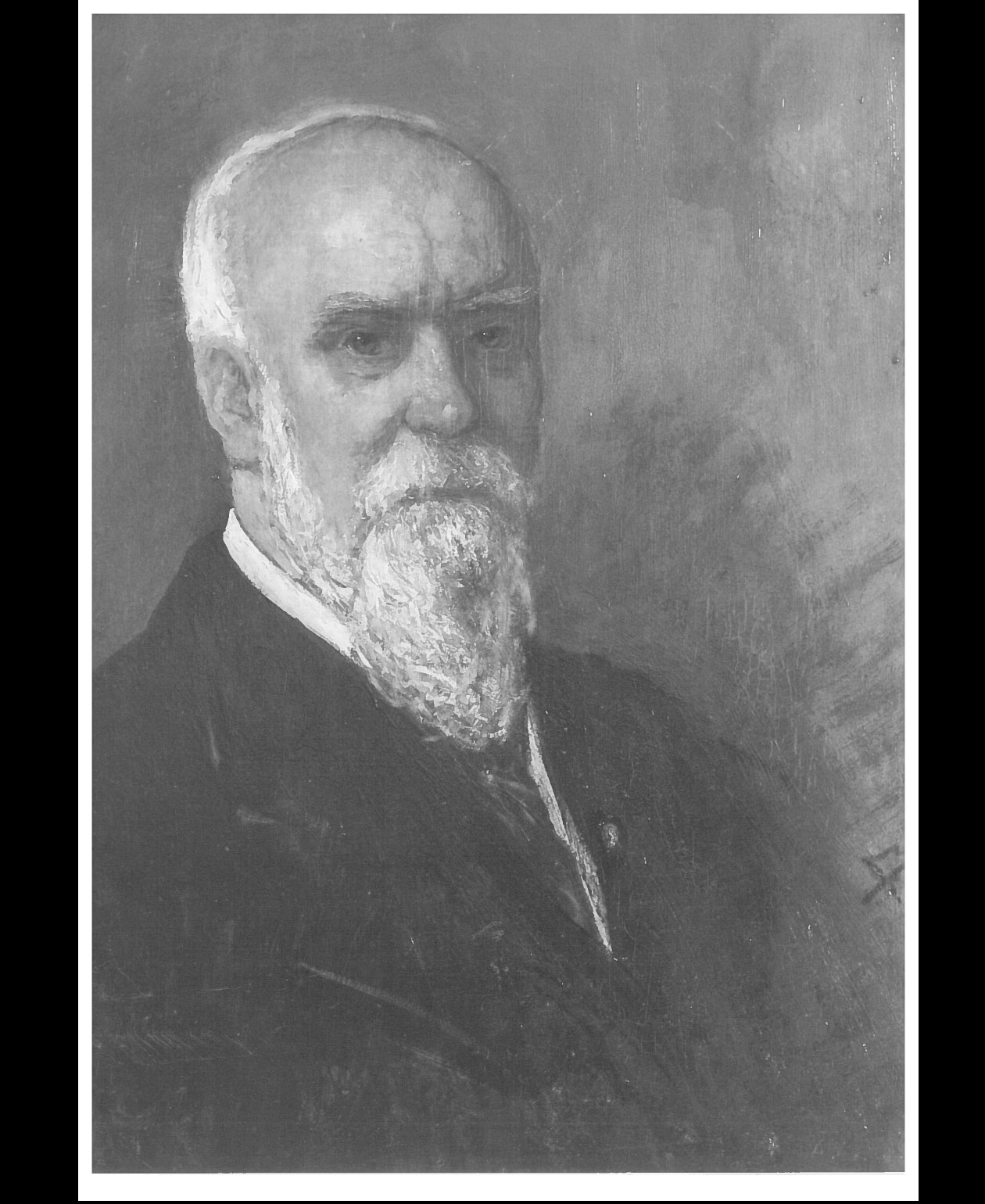
Johannes Eilert Grevers (1855-1933)
John Grevers studied dentistry in America. This training was of a much higher level than its counterpart in the Netherlands, and he brought innovations in dentistry to this country. He became a lecturer of dentistry in Utrecht and went on to become the head of the Dental Institute. He left the institute after an argument in 1916. After his death, his dental collection was donated to Museum Vrolik.
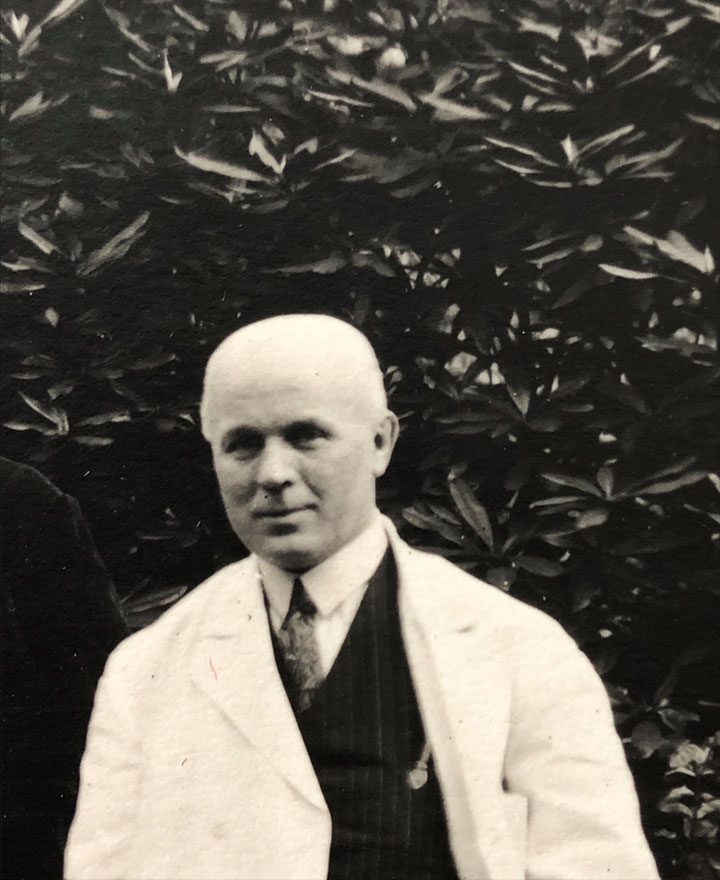
Evert Scheijde (1884-1953)
Evert Scheijde ended up in the orphanage in Amsterdam at the age of eleven. In 1902, he started working as a technician in the lab of anatomist Bolk, for whom he made thousands of anatomical preparations. He also restored many old specimens. Scheijde’s handwriting, that can be seen on the labels of these specimens, determines the appearance of the collection to this day.
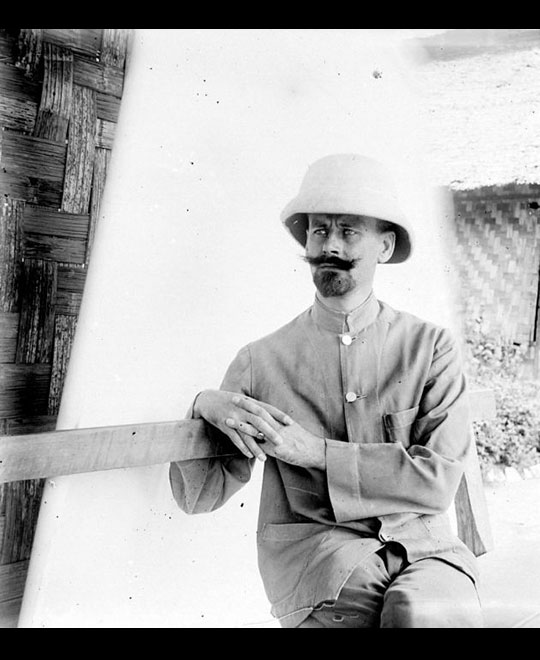
Johannes Pieter Kleiweg de Zwaan (1875-1971)
Kleiweg de Zwaan obtained his doctorate in 1908 under the guidance of the anatomist Bolk with his research on the physical anthropology of the Minangkabau people in Sumatra (then: Dutch East Indies). He made plaster masks (casts) of faces, which would not have been a pleasant experience for the people involved. In 1910, he made plaster masks of inhabitants of Nias. In 1915, Kleiweg started working for the Colonial Institute (now: Tropenmuseum Amsterdam).
